Phone
832-979-3573
Monasteries have long been revered as places of deep spiritual devotion, offering a retreat from the distractions of the outside world and a space for contemplation, prayer, and communal living. These sacred sanctuaries, often nestled in remote or serene locations, are home to monks and nuns who dedicate their lives to spiritual practice, study, and service. Whether perched on a mountaintop, hidden in a forest, or overlooking a tranquil valley, monasteries are not only places of worship but also repositories of cultural heritage, spiritual wisdom, and centuries-old traditions.
Visiting a monastery is an invitation to step into a world where time moves more slowly, where silence is cherished, and where the focus is on the inner journey of the soul. Monasteries provide a unique opportunity to explore the spiritual practices and way of life of those who have chosen a path of devotion and simplicity. Let’s delve into the significance and allure of monasteries, where spirituality, culture, and history are woven together in a tapestry of faith and dedication.
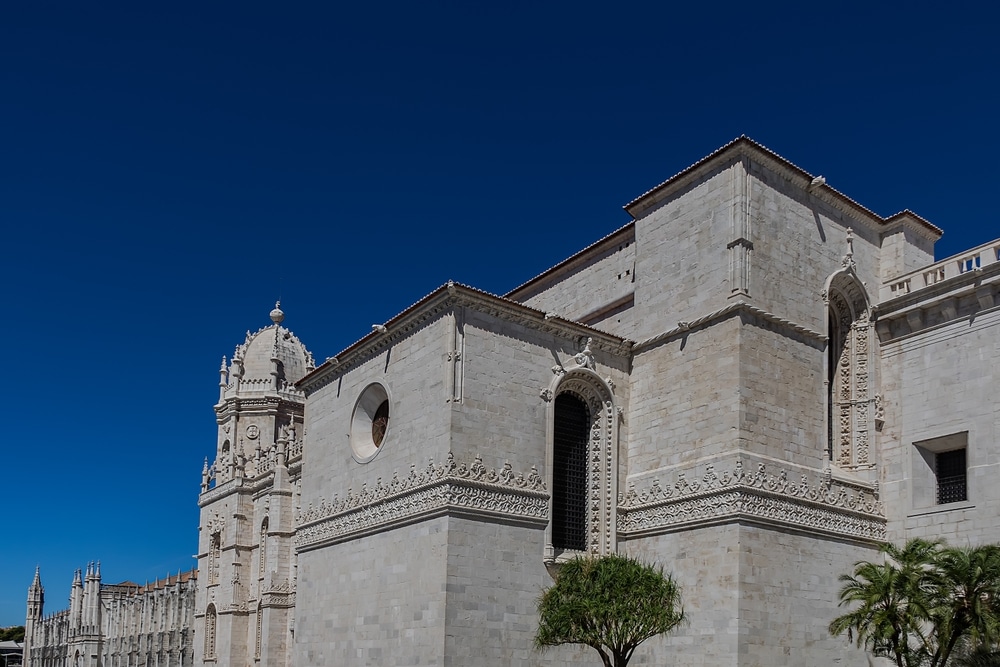
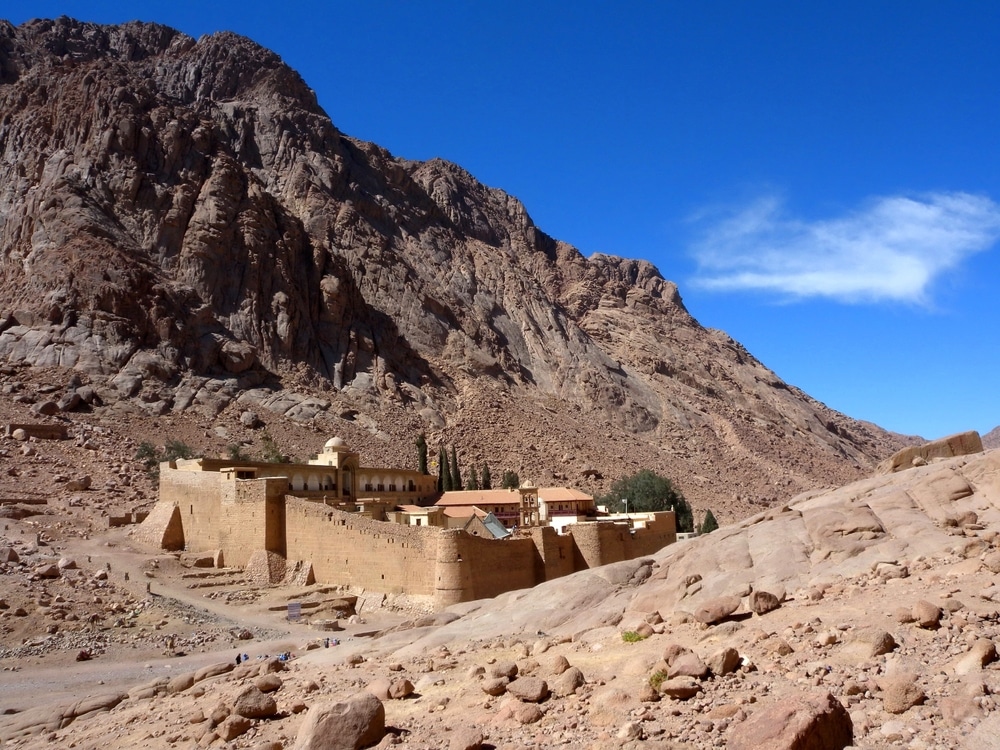
Monasteries are often located in places of great natural beauty, chosen for their seclusion and tranquility. The architecture of monasteries, whether simple and austere or grand and ornate, reflects the spiritual values of the monastic community and harmonizes with the surrounding landscape.
At the heart of every monastery is the monastic community, a group of individuals who have dedicated their lives to spiritual practice, communal living, and service. The daily life of a monastery is structured around prayer, meditation, work, and study, all of which are seen as paths to spiritual growth and enlightenment.
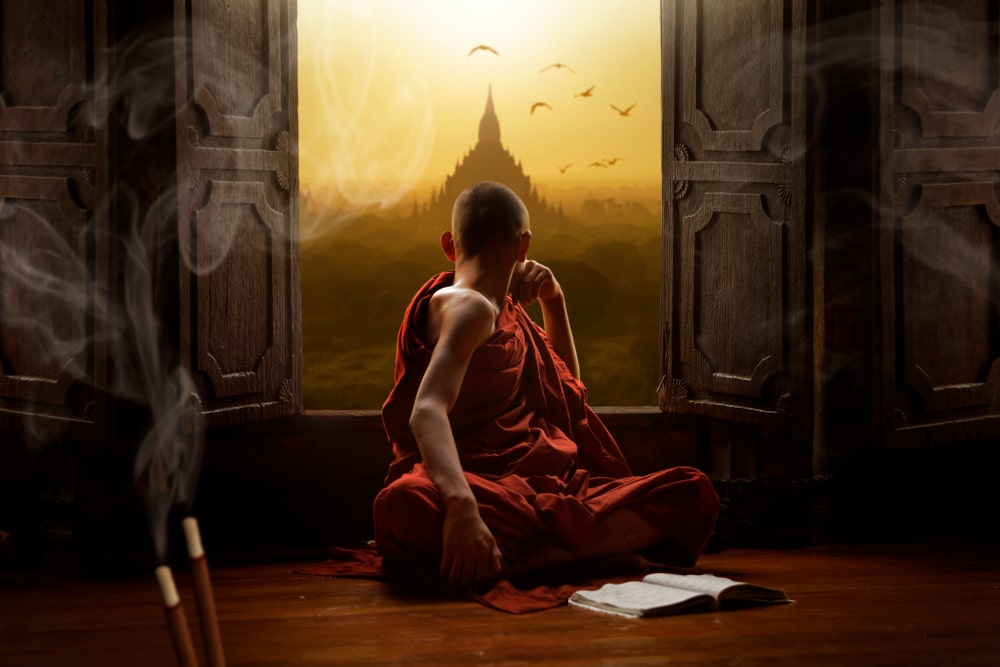
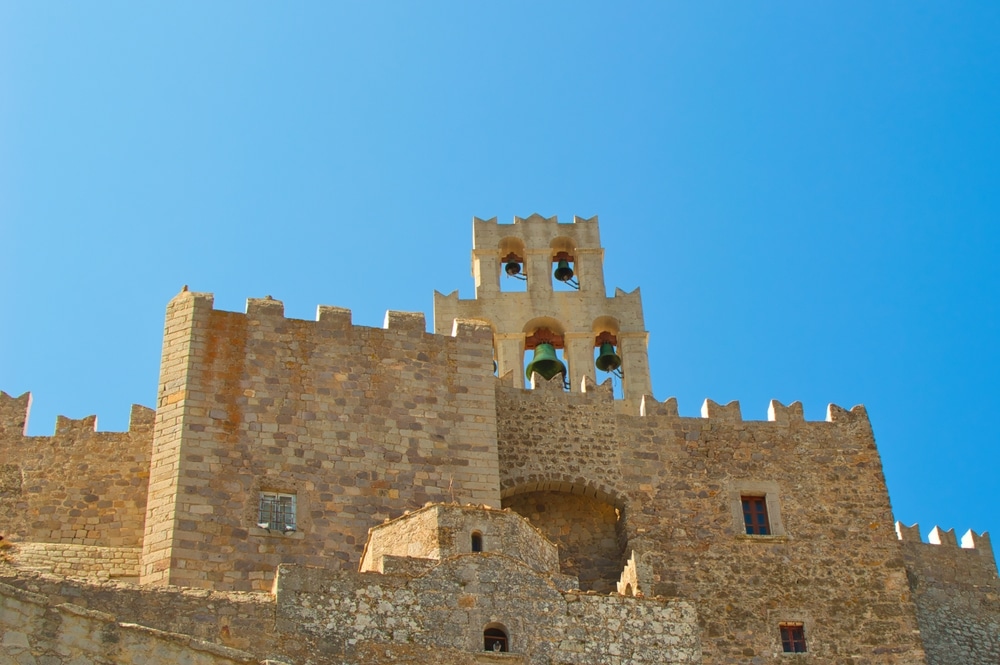
Monasteries play a vital role in preserving and transmitting cultural and religious traditions. They are custodians of sacred art, music, literature, and rituals that have been passed down through generations, ensuring the continuity of these practices.
Visiting monasteries offers a unique opportunity to experience a way of life that is deeply rooted in spirituality, tradition, and community. Whether you are seeking a retreat from the busyness of life, a deeper understanding of religious practices, or simply a peaceful place to reflect, monasteries provide a sanctuary for spiritual and cultural exploration.
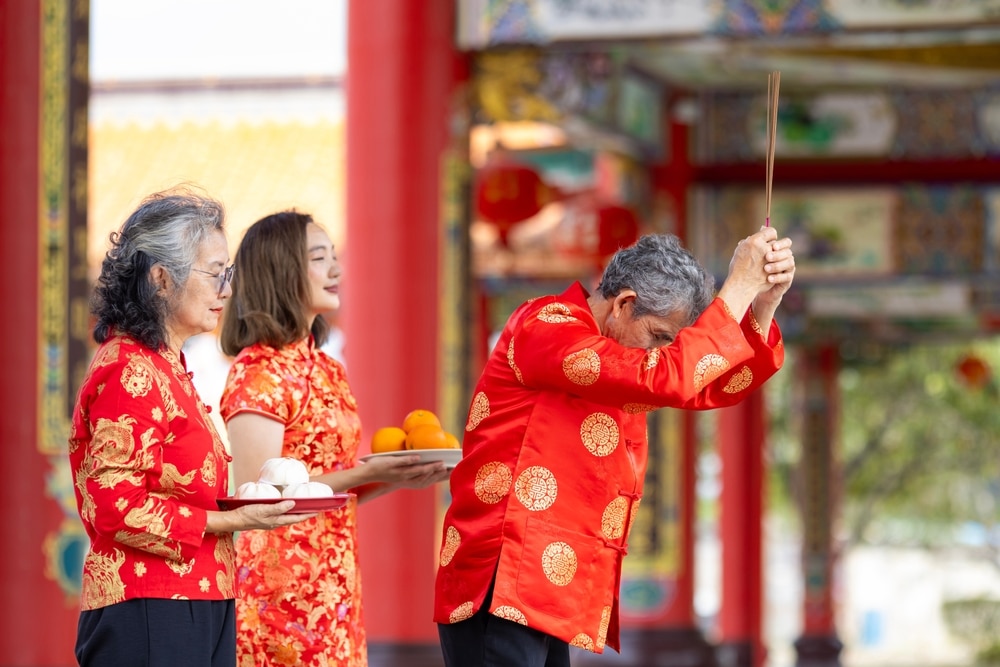
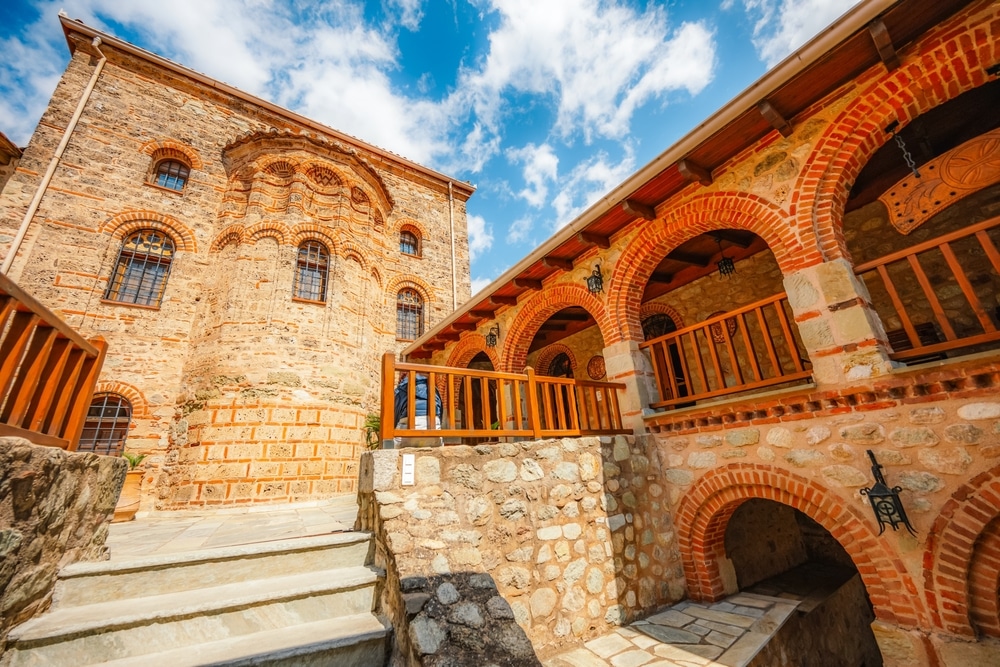
Monasteries are sanctuaries of spirituality, culture, and tradition, offering a glimpse into a way of life that is dedicated to the pursuit of inner peace, wisdom, and service. Whether you are drawn to their architectural beauty, their spiritual practices, or their cultural heritage, visiting monasteries provides a deeply enriching experience that transcends time and place. These sacred spaces are more than just religious institutions; they are living communities that have preserved and passed down spiritual and cultural traditions for centuries.
In a world that is increasingly fast-paced and disconnected, monasteries offer a haven of tranquility, where the focus is on the simple, yet profound, aspects of life: contemplation, community, and connection to the divine. Whether you are seeking a place for quiet reflection, a deeper understanding of a spiritual tradition, or simply a retreat from the noise of everyday life, monasteries provide a unique and meaningful escape.
The enduring appeal of monasteries lies in their ability to provide both a physical and spiritual refuge. They invite visitors to slow down, to listen to the silence, and to immerse themselves in the rhythms of monastic life. Whether you are a pilgrim, a seeker, or a curious traveler, a visit to a monastery can be a transformative journey, offering insights into the human spirit, the beauty of simplicity, and the power of devotion.
So, whether you find yourself drawn to the towering spires of a mountain monastery, the serene simplicity of a forest retreat, or the rich history of a centuries-old abbey, let the monasteries of the world guide you on a journey of spiritual discovery, cultural exploration, and inner peace.